What Happens if You Don’t Eat Enough Fat on Keto?
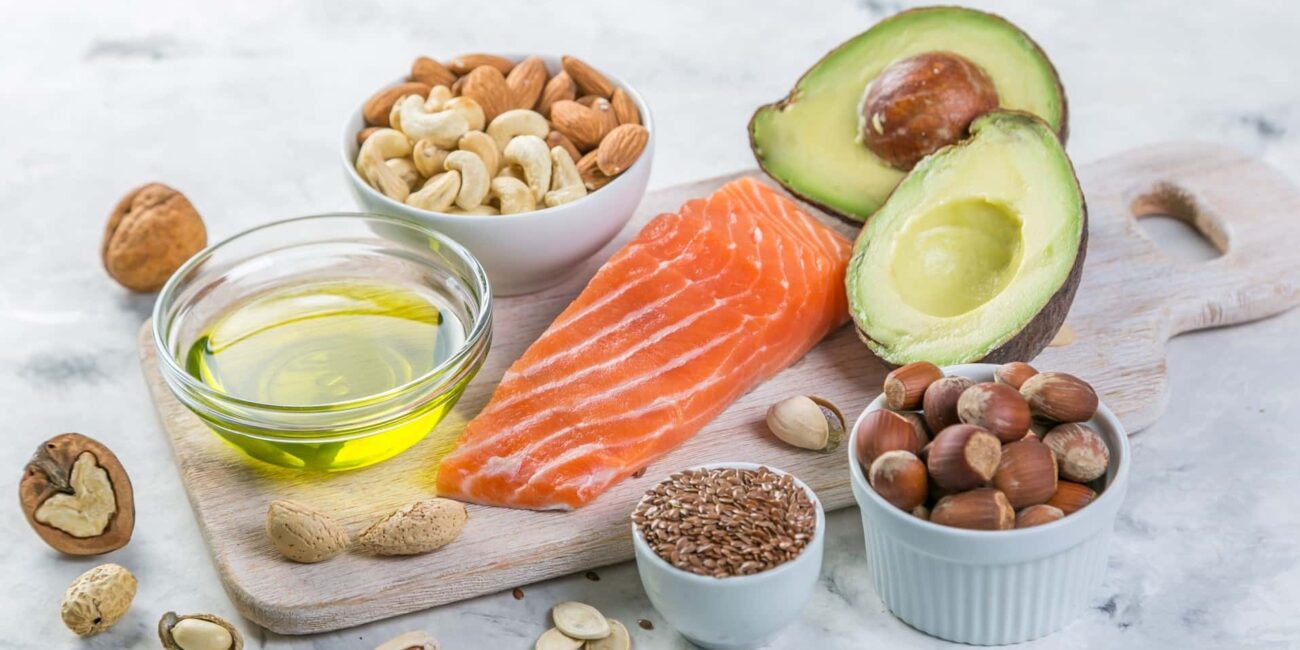
The keto diet is one of the most popular methods of weight loss across the globe.
Do you want to enjoy delicious food while you are still on a diet? If so, the keto diet is the best option for you, which allows you to have some mouthwatering cuisine and dishes. However, many people make the mistake of not consuming enough fat.
What happens if you don’t eat enough fat on keto?
Well, your body will struggle to function properly. If you keep consuming a low-fat diet, you might end up feeling like you’re low on energy.
In fact, weight loss will become challenging, or even impossible, due to a lower metabolism rate. You need to consume the required amount of dietary fat to stay fit and avoid keto fatigue, as well as for weight loss.
A study of 89 obese individuals showed incredible results of 10% weight loss in people and no reports of weight gain for one year.
So, if you want the same results, eating healthy fats in proper amounts is essential for you.
Lack of fat intake on a ketogenic diet
We all know that keto is a high-fat, low-carb diet, which means that you have to eliminate a great number of carbohydrates from your daily diet. So no soda, no peas or beans, no pasta, no rice, and none of your favorite high-carb foods.
You’re probably wondering why you shouldn’t avoid fats when cutting down on foods that cause weight gain, right? Let us explain.
During the keto diet, your body enters the metabolic state of ketosis. When your body doesn’t get enough carbs, it can’t transform them into glucose, which is essential energy for cells. Therefore, your body looks for other energy sources.
This forces it to burn stored fats. These fats produce molecules known as ketones that your body uses for energy. This is why you should consume fats instead of carbs on the keto diet.
Fats give your body enough calories to function properly. Additionally, there’s a great chance your metabolism slows down because of eating less food, which will also slow down your weight loss process.
Can you do keto without eating all the fats?
You don’t need to maintain a steady intake of all the necessary fats but have them in adequate amounts.
Since the ketogenic diet has a high-fat requirement, dieters need to consume fat in each meal. For a 2,000-calorie diet, you need to eat 75 grams of protein, 40 grams of carbs, and 165 grams of fat.
Nutritionists suggest eating unsaturated fats, such as olive oil and nuts, and unsaturated fats like oils, butter, and lard.
You also need to consume protein, such as chicken or pork. When it comes to fruits and veggies, look for ones that are low in carbs, like berries and broccoli.
Principles of the keto diet
According to research, a ketogenic diet is considered one of the most effective methods to lose weight without starving yourself. Why does this diet work so well, you might ask? This is because it prevents hunger and gives a feeling of fullness, which helps reduce weight.
The basic principle for the keto diet is to cut down carbs as much as you can and consume a large number of fats and protein.
75% of your diet should comprise fats. Besides that, you can only eat 5% carbs and 10–30% of proteins in each meal daily.
If your focus is promoting weight loss, your body will rely on fats for energy production. During the diet, your body will use almost all the extra stored fat.
Fats to eat on a keto diet
Although there are several fats you can consume while on this diet, some offer you greater benefits than others. The best thing? They are also delicious to eat.
Avocado
This scrumptious fruit is packed with heart-healthy monounsaturated acids (MUFAs). It also provides fiber, which improves digestive health.
If you take half an avocado, you get 9 grams of carbs and 15 grams of fat. You can add avocado to salads, porridges, and soups. You can also use it as an alternative to mayo or to make guacamole.
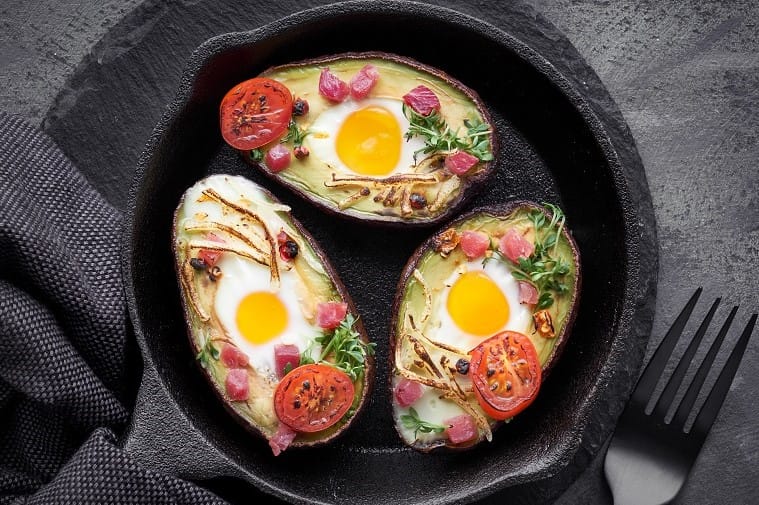
Advertisement
Olive oil
It is important to note that when you incorporate monounsaturated fats into your diet, they help you limit cholesterol levels in your blood. It becomes challenging for your body to regulate cholesterol without enough fats.
There are 13.5 grams of fat in one tablespoon of olive oil, which includes 2 grams of saturated fats, so feel free to saute or drizzle your food with olive oil.
Avocado oil
Just like avocado, its oil also offers you enough fat to sustain your diet. This oil is a great source of anti-inflammatory MUFAs (monounsaturated fatty acids).
The most interesting and appealing benefit of avocado oil is that it works best for high heat cooking: this oil has a 500ºF smoke point and offers 14 grams of fat.
Nut butter and nuts
Nuts are an excellent choice if you’re looking to eat unsaturated fats, but they are also a source of carbs. The best nuts to eat on a keto diet are brazil nuts, walnuts, hazelnuts, pecans, and macadamia nuts.
Be sure to check the labels before snacking on them during your diet.
For example, you will gain 3 grams of carbs and 9 grams of fat from one tablespoon of almond butter. On the contrary, 1 ounce of almonds provides 6 grams of carbs and 15 grams of fat.
Flaxseeds and chia seeds
These two are among the healthiest ingredients you can eat on the keto diet. They offer a bundle of health benefits as they’re rich in omega-3 and omega-6 fatty acids.
Due to these properties, both seeds can optimize your health. In fact, experts believe that getting more omega-3s can lower the risk of obesity, type 2 diabetes, and insulin resistance.
According to the USDA, you can get 9 grams of fat from 1 ounce of chia seeds and 3 grams of fat from 1 tablespoon of flaxseed.
Fats you need to avoid on the keto diet
Some fats are harmful to your body and don’t offer many benefits.
Artificial trans fats
Some researchers suggest that these fats increase the risk of developing heart problems, no matter what diet you are following.
Trans fats are present in processed food and highly refined oils. You can find them in cookies, cakes, crackers, biscuits, pastries, and other highly processed foods.
One can easily find these fats in the ingredient list under the label of shortening or partially hydrogenated oils.
Whether you are on a keto diet or not, you should avoid these fats.
Processed meats
This category includes sausages, deli meat, hot dogs, salami, smoked meats, and cured meats.
Many packaged meat manufacturers and companies advertise them as keto-friendly items. Although these processed items may meet all the requirements of the ketogenic diet, they are not good for your health.
Research indicates that high consumption of processed meat can raise the risk of digestive tract cancer. This is why you should avoid making these items a part of your meal plan on a keto diet. It’s best to opt for fresh meat that hasn’t been processed.
Fried foods
Some people believe that they can eat all the deep-fried items once they begin the ketogenic diet. However, that’s not the case.
Fried foods are loaded with trans fats, which, as we have discussed, lead to several problems like heart disease.
Some types of oil people use for frying are indeed low in trans fats, such as corn oil. But when you heat the oil at a high temperature, they start producing high amounts of trans fat.
Therefore, whatever you cook in this oil contains significant amounts of trans fat as well. As a result, you end up developing chronic health problems. So, do your best to avoid eating fried food items.
7 Tips to get enough fat on keto to lose weight
While there are several ways to increase fat consumption in your ketogenic diet, here are some of the easiest and more approachable options.
#1 Boost the taste with high-fat toppings and condiments
The best way to increase the fat element in your meal is to sprinkle it with toppings and garnishes. Not only will it help you consume enough fat, but it makes each meal during your keto diet super delicious. For this purpose, you can pick any good source of fats such as seeds, nuts, green veggies, and specific fruits.
Based on your taste buds, you can also garnish your food with cheddar, parmesan, black olives, mayo, sour cream, and avocado. Apart from this, you can also sprinkle some keto-friendly dressings or oil to make your food flavorsome and effective to help you lose weight.
So, if you are consuming grilled chicken, top it off with some salad, sauces, olive oil, melted butter, or other dressings.
#2 Don’t rely only on water
Although you need to keep yourself hydrated, it’s also important to incorporate some high-fat drinks into your diet. This can help in accelerating the weight-reducing process.
The best part is that you can go for both hot and cold drinks. Include high-quality whipped cream and add whole milk to your latte or hot chocolate. If you are ready to try something unique that is also effective, add melted butter to your coffee.
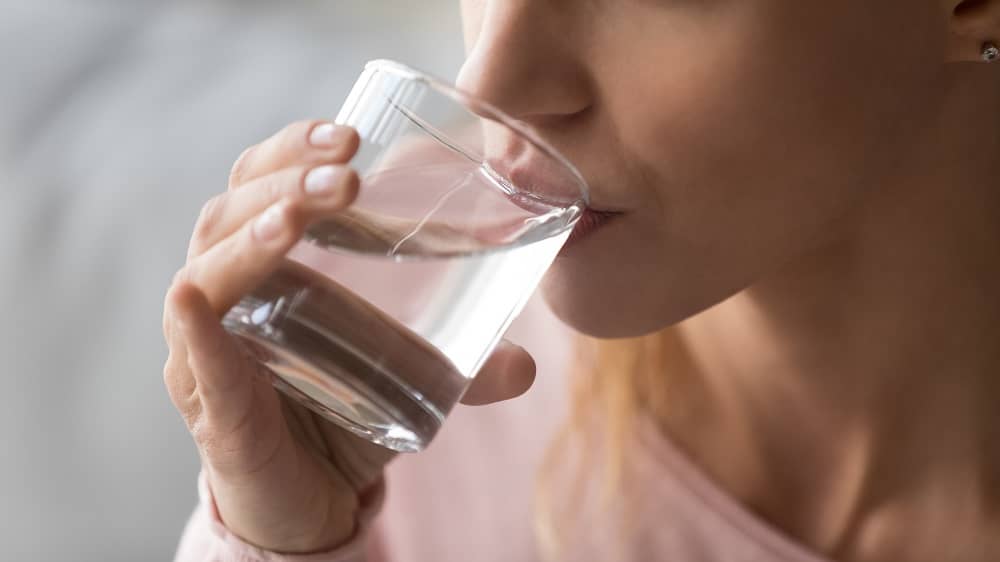
#3 Consider making smoothies
Smoothies help you get all the necessary nutrients and energy to function well through the day. If you are planning to include smoothies in your diet, consider preparing them with high-fat content. Add avocado oil, avocado, macadamia nut butter, or unsweetened almond milk.
#4 Try to eat eggs
Eggs are a rich source of proteins. The best part is that you can eat all types of eggs as long as you are following the keto rules. It includes soft boiled, hard-boiled, fried, coddled, scrambled, or poached eggs.
You can also eat a few eggs in a day alone by adding a little amount of sea salt to them.
#5 Include desserts in your keto diet
If you have a sweet tooth, then this tip is for you. Desserts can offer enough fat on a keto diet. You can eat fat bombs, dark chocolate, chocolate bars, keto protein bar, ice cream, etc.
Well, don’t try to cheat. Keep in mind that you can only eat desserts with fewer carbs. It’s best to prepare desserts that are keto-friendly if you want to continue reducing weight. Also, make sure to avoid making desserts a big portion of your keto diet.
#6 Try to add fatty cuts of meat
Do you love meat? Then, it’s a great idea to add some fatty cuts to your daily diet. Chuck roast, lamb leg, and ribeye are excellent keto-friendly meat options for you.
Don’t cut off any fat! Experiment and use mentioned cuts with optimal fat elements to gain a high amount of fats.
#7 Add MCT oil
MCT oils are getting popular for their amazing health benefits and multipurpose uses. This coconut-derived fat goes directly to your liver for ketone production.
Since it’s an uncommon ingredient, you can start slowly to evaluate its benefits. You can use 1 tablespoon of this oil in your daily food. The best part is you can use MCT oil as an alternative to cooking oil. Some people also simply drizzle it on food to add to their diet.
A word from our RD
An adequate fat intake during the keto diet is important. Experts recommend eating 70–80% fats in your daily calorie count while eating 10–20% protein and 5–10% carbohydrates.
Of course, you need to adjust these limits based on your needs and health. So, contact a health expert who can guide you and suggest the right proportions based on your body needs. Low fat intake can lead to less energy for your body to function, slow metabolism, and slower weight reduction. For this reason, avoiding eating anything or eating fewer fats will not help you in any way.
Since the ketogenic diet is based on fats, you need to incorporate foods in your daily diet with higher fat content, including eggs, MCT oil, nut butter, chia seeds, etc.
Additionally, make sure to cut down the consumption of carbs while you are on keto. Do not eat processed food, fried foods, and other high-carb foods.
This way, you will be able to accomplish the objective of your diet while still having enough energy to do regular chores.
Bottom Line
Now that you know what happens if you don’t eat enough fat on keto, you can be careful to prepare balanced keto-friendly meals. There is no benefit of avoiding necessary fats.
In short, burning fat and doing everyday chores will become impossible because of low energy levels and metabolism.
So, make a proper keto meal plan and avoid eating a low-fat diet or too many carbs. Instead, pick a more stable and balanced keto diet for yourself.


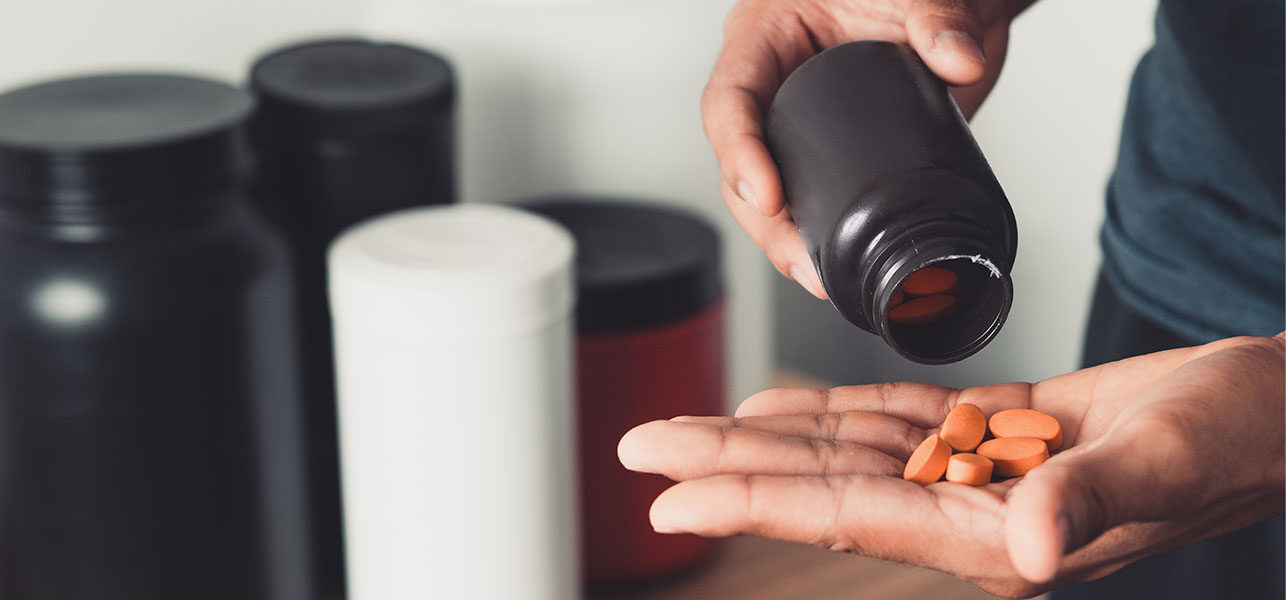


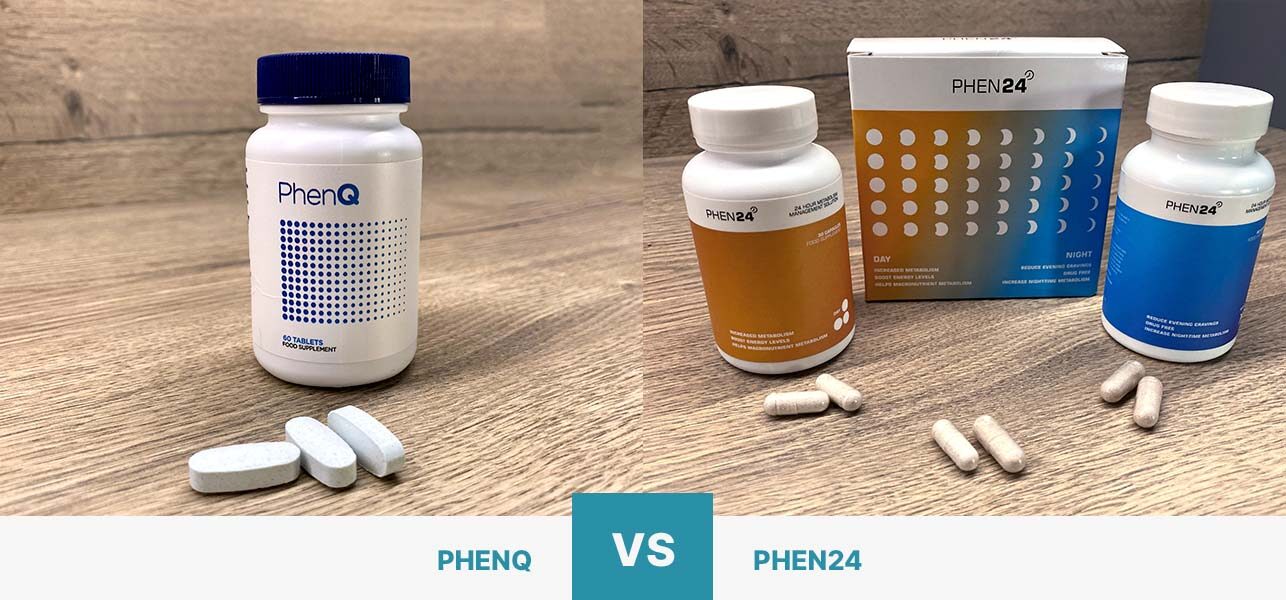

Comments (0)